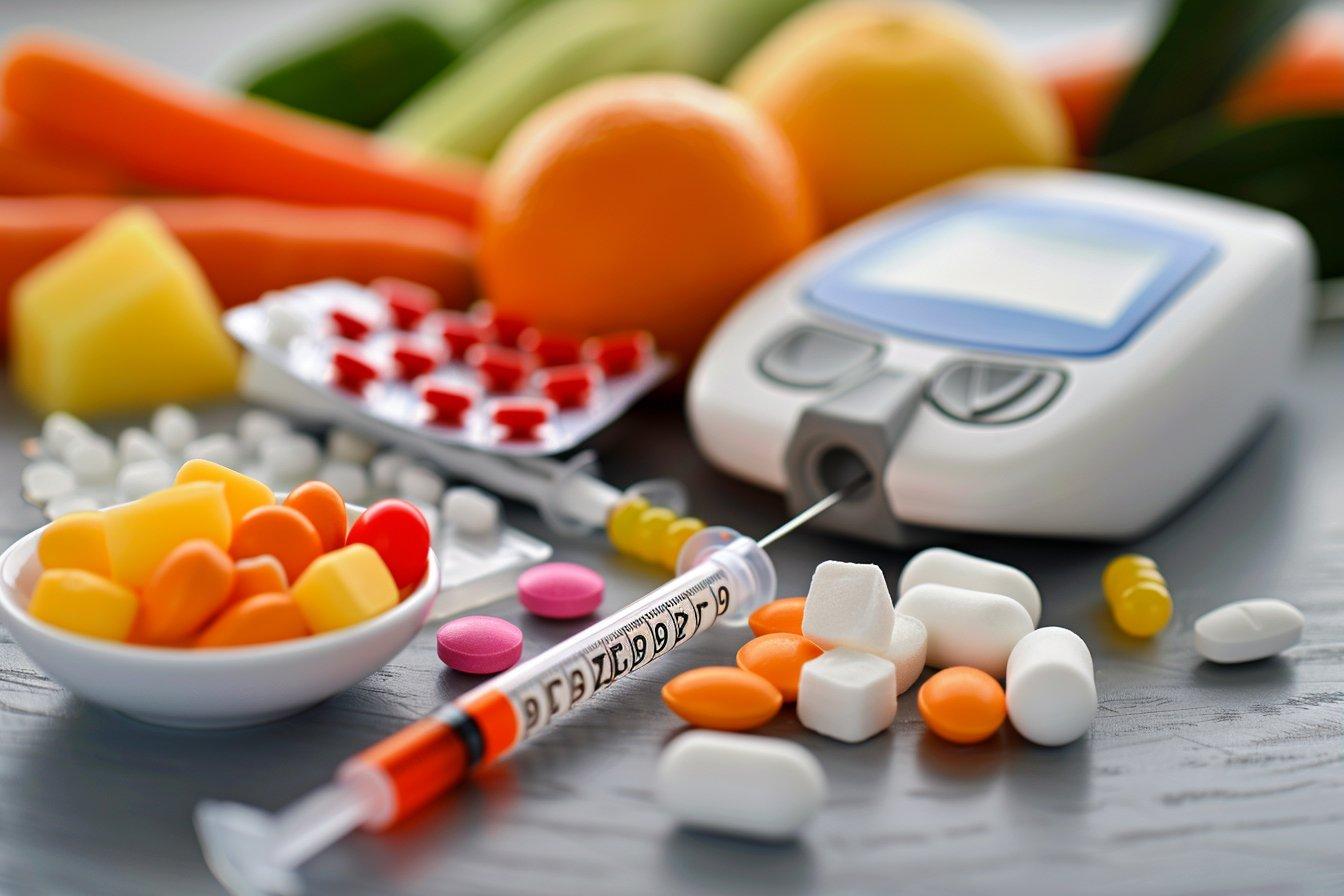Understanding Fatty Liver Flare-Ups: Causes, Symptoms, and Treatment Options
A fatty liver flare-up can cause symptoms like upper right abdominal pain, fatigue, or nausea—signals that the liver is inflamed or stressed. Often triggered by poor diet, alcohol, or rapid weight gain, these flare-ups can worsen if left unmanaged. Early care is key.

What Is a Fatty Liver Flare-Up?
A fatty liver flare-up refers to a period when symptoms of fatty liver disease temporarily worsen or become more noticeable. Fatty liver disease occurs when fat accumulates in liver cells, and during a flare-up, the liver becomes more inflamed and struggles to function properly. These episodes commonly manifest as upper right abdominal pain, increased fatigue, nausea, and sometimes jaundice (yellowing of the skin or eyes). Flare-ups are essentially your body’s way of indicating that your liver is under significant stress and requires attention.
Unlike the steady progression of fatty liver disease itself, flare-ups can come and go, often in response to specific triggers. For some patients, they may experience relatively symptom-free periods interrupted by these acute episodes where their liver health noticeably deteriorates. Recognizing a flare-up is important because it provides an opportunity to identify triggers and make necessary lifestyle adjustments before permanent liver damage occurs.
Foods That Can Cause Fatty Liver to Flare Up
Diet plays a crucial role in both the development of fatty liver disease and the triggering of flare-ups. Certain foods place additional stress on the liver, exacerbating inflammation and fat accumulation. Processed foods high in trans fats and refined carbohydrates are particularly problematic, as they contribute to insulin resistance and fat deposition in the liver. Foods and beverages to avoid include:
-
Sugary drinks and foods with added sugars
-
White bread, pasta, and other refined carbohydrates
-
Fried foods and those high in saturated fats
-
Processed meats (hot dogs, bacon, deli meats)
-
Alcohol (even in moderate amounts)
-
Foods high in salt
-
Red meat (especially fatty cuts)
Many patients report that consuming these foods in excess, particularly after a period of healthier eating, can trigger noticeable flare-up symptoms within 24-72 hours. The body’s immediate inflammatory response to these foods can overwhelm an already compromised liver, causing pain, discomfort, and elevated liver enzymes that indicate active liver damage.
Common Triggers for Fatty Liver Flare-Ups
While diet represents a significant contributor to flare-ups, several other factors can trigger these episodes. Understanding these triggers can help patients identify patterns and make appropriate lifestyle modifications:
-
Alcohol consumption - Even small amounts can be problematic for those with fatty liver disease.
-
Rapid weight gain - Particularly around the abdomen, which increases fat accumulation in the liver.
-
Certain medications - Some over-the-counter and prescription drugs can stress the liver.
-
Viral infections - Particularly hepatitis infections that directly affect the liver.
-
High-sugar meals - Sudden spikes in blood sugar place metabolic stress on the liver.
-
Dehydration - Inadequate fluid intake can concentrate toxins in the liver.
-
Physical exertion without proper nutrition - Depleting glycogen stores without replenishment.
The timing between exposure to triggers and symptom onset varies among individuals, but many report experiencing symptoms within hours to days after exposure. Maintaining a symptom diary can help identify personal triggers and patterns.
Managing and Treating Fatty Liver Flare-Ups
When experiencing a flare-up, prompt action can help minimize liver inflammation and damage. Several approaches can provide relief and support liver health during these episodes:
Immediate dietary changes:
-
Eliminate all alcohol consumption
-
Transition to an anti-inflammatory diet rich in fruits, vegetables, and lean proteins
-
Increase water intake to support detoxification
-
Reduce portion sizes to decrease the liver’s workload
Medical interventions:
-
Consult a healthcare provider for proper diagnosis and treatment
-
Blood tests to assess liver enzyme levels and function
-
Medication adjustments if current prescriptions are contributing to the flare-up
-
Treatment for any underlying conditions exacerbating liver inflammation
Lifestyle modifications:
-
Gentle exercise to improve insulin sensitivity
-
Stress reduction techniques, as stress hormones can worsen inflammation
-
Adequate sleep to support liver regeneration and healing
-
Weight management if obesity is contributing to liver disease
Treatment Options for Fatty Liver Disease
For long-term management of fatty liver disease and prevention of future flare-ups, several treatment approaches have shown effectiveness:
Lifestyle-based treatments:
-
Gradual weight loss (1-2 pounds per week)
-
Mediterranean diet implementation
-
Regular moderate exercise (at least 150 minutes weekly)
-
Complete alcohol abstinence
-
Blood sugar management
Supplementary approaches:
-
Vitamin E (under medical supervision)
-
Omega-3 fatty acids
-
Milk thistle and other liver-supporting herbs (consult healthcare provider)
-
Probiotics for gut health
Medications being researched:
-
Pioglitazone for non-alcoholic steatohepatitis (NASH)
-
GLP-1 receptor agonists for weight management
-
Anti-fibrotic medications in clinical trials
This article is for informational purposes only and should not be considered medical advice. Please consult a qualified healthcare professional for personalized guidance and treatment.
Preventing Future Fatty Liver Flare-Ups
Prevention remains the most effective strategy for managing fatty liver disease. Patients who’ve experienced flare-ups can take proactive steps to reduce their frequency and severity:
Developing a liver-friendly dietary pattern is essential—emphasizing plant-based foods, lean proteins, and healthy fats while minimizing processed foods and added sugars. Regular monitoring of liver function through blood tests can help track progress and identify potential issues before they develop into full flare-ups. Regular check-ups with healthcare providers specializing in liver disease ensure proper disease management and early intervention when needed.
Most importantly, understanding your personal triggers allows for customized prevention strategies. Many patients find success by gradually implementing sustainable lifestyle changes rather than attempting dramatic overhauls that prove difficult to maintain. With proper management, many individuals with fatty liver disease can significantly reduce flare-up frequency and potentially reverse their condition entirely.




